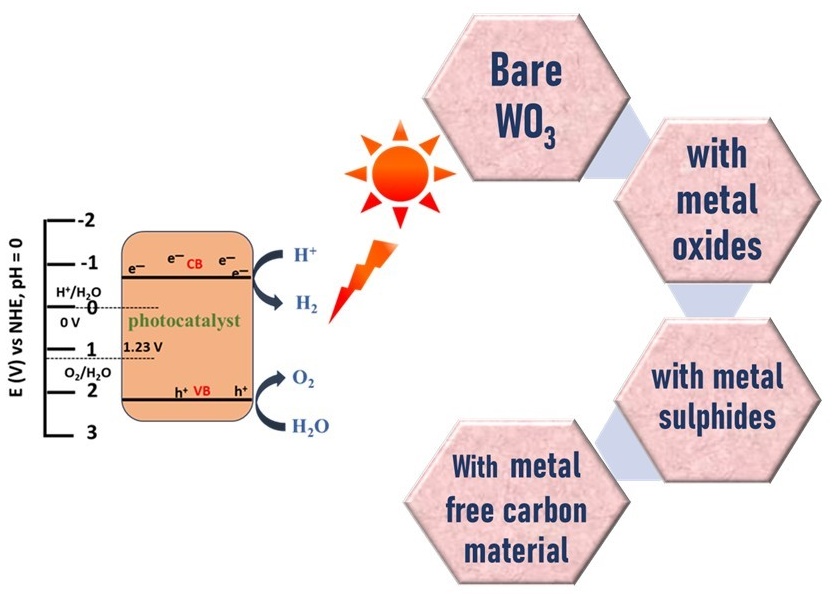Found 297 results
Article
25 March 2025Integrated Habitat Assessment of a Protected Fish Species in the Upper Yangtze River, China: Connectivity and Suitability
In the context of anthropogenic climate change, dam construction, and other human activities, the biodiversity of freshwater fish is rapidly declining. The Upper Yangtze River Basin (UYRB) is a hotspot for hydropower development and is home to numerous endemic and rare freshwater fish species, most of which are on the brink of extinction. Schizothorax chongi is an endangered and protected fish species endemic to the UYRB, with significant economic and ecological value. However, the potential habitat of its wild population has not been reported, which hampers conservation efforts for this valuable species. This study utilized the Dendritic Connection Index (DCI) and Species Distribution Models (SDMs) to assess habitat connectivity in the UYRB and habitat suitability for S. chongi during the periods 1970–2000 and 2001–2020, respectively. The results show that S. chongi habitats underwent significant reduction during the 2001–2020 period, with the total length of medium and high suitability habitats decreasing by 51.7%. However, high suitability habitats in the southern section of the middle and lower Jinsha River, which is located in the upper and middle part of the UYRB, did not experience a noticeable reduction. Despite the relatively high habitat suitability maintained in the southern section of the middle and lower Jinsha River, connectivity has significantly declined. Restoring connectivity reduced by dam construction in this region is critically urgent. This study is the first to conduct a watershed-scale assessment of fish habitat integrating habitat suitability and connectivity providing valuable insights for local governments to develop specific conservation measures and plans. It can offer a valuable reference for researchers in the field of freshwater fish conservation.
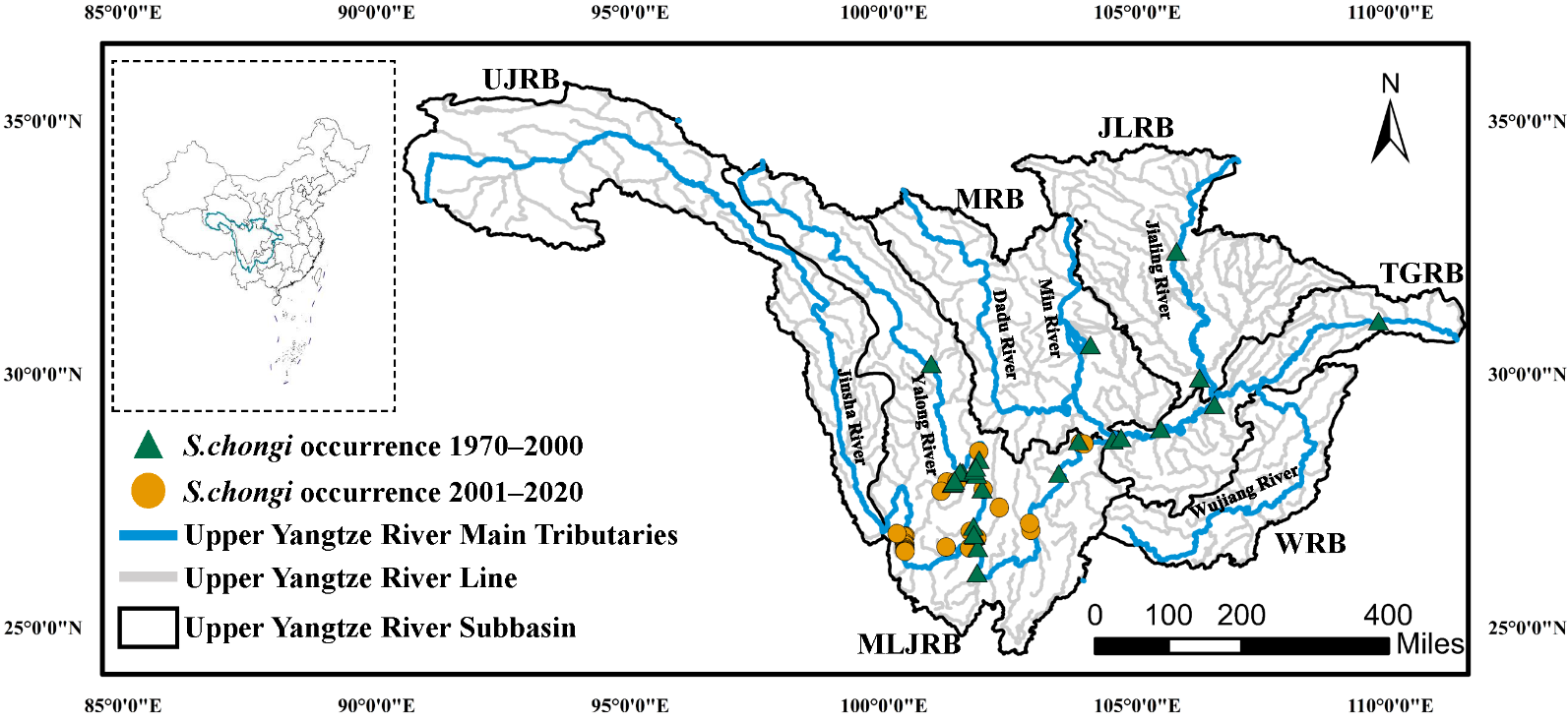
Review
24 March 2025Recent Advances and Challenges in Engineering Metabolic Pathways and Cofactor Regeneration for Enhanced n-Butanol Biosynthesis
The biological production of n-butanol has seen renewed interest due to the need for the production of sustainable aviation fuel, for which n-butanol serves as a direct precursor. However, biological production of this alcohol is still limited by the fermentation’s low titers and low yields. Many approaches have been taken to increase n-butanol production, such as using alternative host organisms, utilizing heterologous enzymes for acid reduction and cofactor regeneration, and protein engineering of critical enzymes in the n-butanol production metabolic pathway. This review highlights key achievements made in each of these areas and shows the potential for these approaches in increasing n-butanol production. The review closes by pinpointing the challenges and limitations in these approaches and recommends that the ultimate approach to n-butanol production should inevitably utilize noncanonical redox cofactors to drive metabolic flux for butanol biosynthesis from glucose.
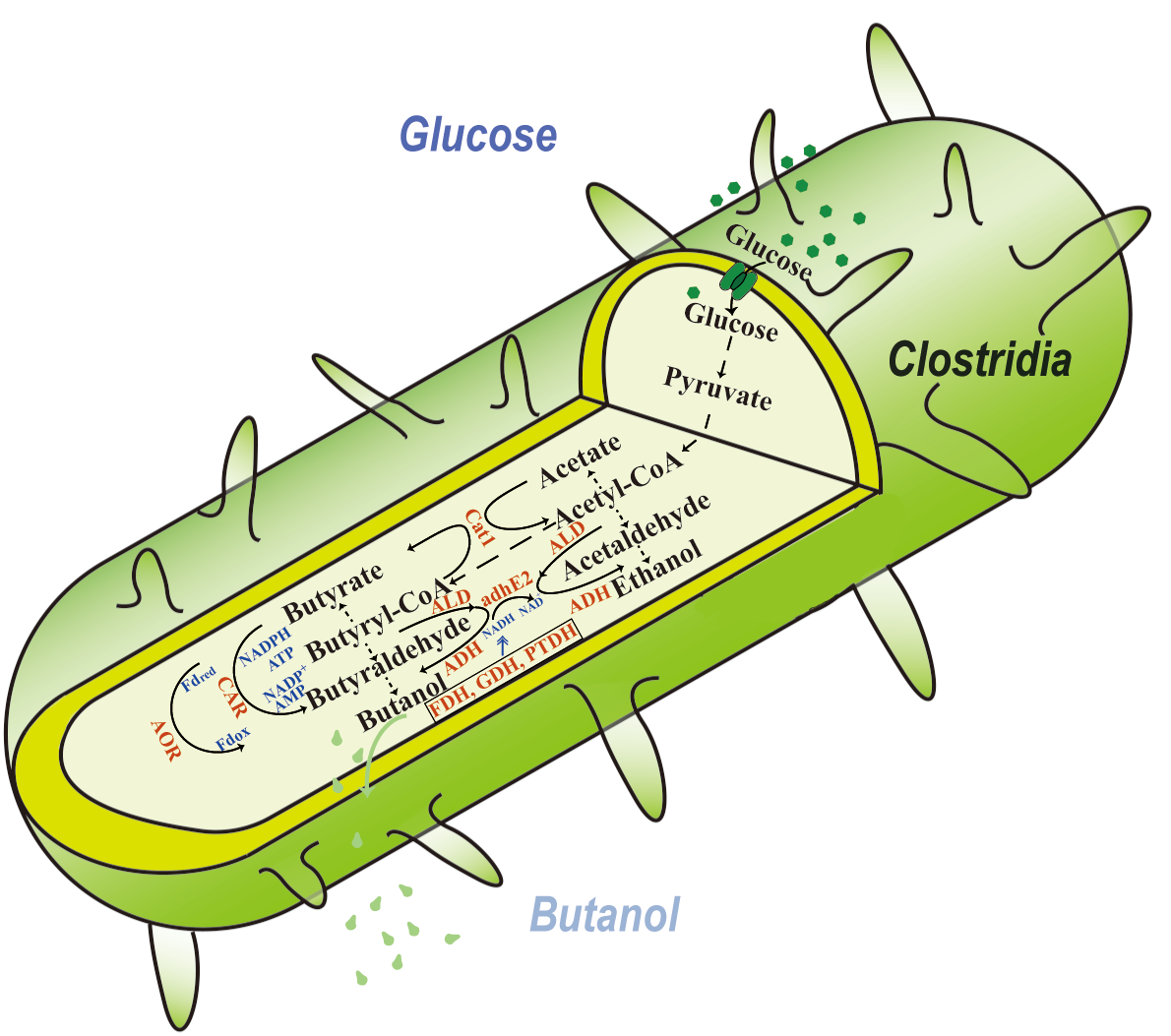
Article
24 March 2025A Shear Stress Model for Magnetorheological Fluid with High Volume Fraction
Shear stress prediction in high-concentration magnetorheological fluids (MRFs) faces limitations due to the oversimplified magnetic dipole interactions and neglect of multibody effects in classical single-chain models, particularly under conditions (30–40 vol.%) where stress prediction errors start escalating nonlinearly. To address this gap, based on the classic single-chain model, this study proposed a new revised calculation method that integrates three novel components: (1) a distance-weighted dipole interaction model incorporating material-specific correction factors, (2) dynamic chain reconstruction mechanisms accounting for magnetic aggregation under shear deformation, and (3) transverse field overlap parameters quantifying anisotropic field distributions. Validated against Lord Corp.’s MRF-132DG, the proposed approach reduces shear stress prediction root-mean-square error (RMSE) by 71.7% (from 27.40 kPa to 7.76 kPa). It rectifies the R-square metric from −0.9236 to 0.8457, outperforming existing models in high-concentration regimes. The work resolves the bottleneck of modeling chain-to-network transition behaviors through Monte Carlo simulations with energy barrier analysis, revealing how localized dipole rearrangement governs macroscopic rheological responses. The methodology’s adaptability to pre-saturation magnetization stages further enables systematic evaluation of multi-dipole interaction thresholds critical for high-performance MRF engineering applications.
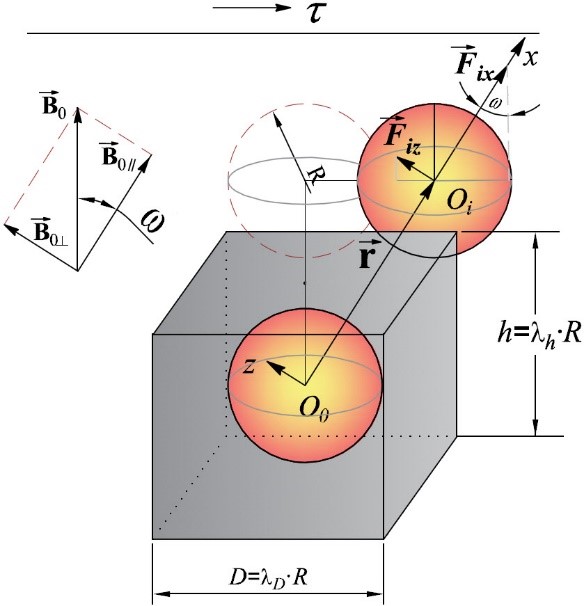
Article
21 March 2025Formation Mechanism and Structural Evolution of Mesophase Pitch via Phase Separation
Mesophase pitch is obtained through a two-stage treatment method combining stirring and non-stirring heat treatment of the catalytic cracking oil slurry. The structural evolution during the mesophase pitch forming process is analyzed using phase separation and testing by X-ray diffraction, Fourier Transform Infrared spectroscopy, and Thermogravimetric analysis. After a short period of non-stirring heat treatment, the solid-phase yield rapidly increases by 14.20 wt.%, reaching 46.70 wt.%. The softening point of the final mesophase pitch is all below 350 °C. The increase in yield and structural transformation are influenced by changes in the content of quinoline insoluble, as evidenced by the presence of C-H out-of-plane bending vibration at 670 cm−1. Based on the observed changes in composition and structure, this study proposes a hypothesis regarding the increase in mesophase pitch production during heat treatment.
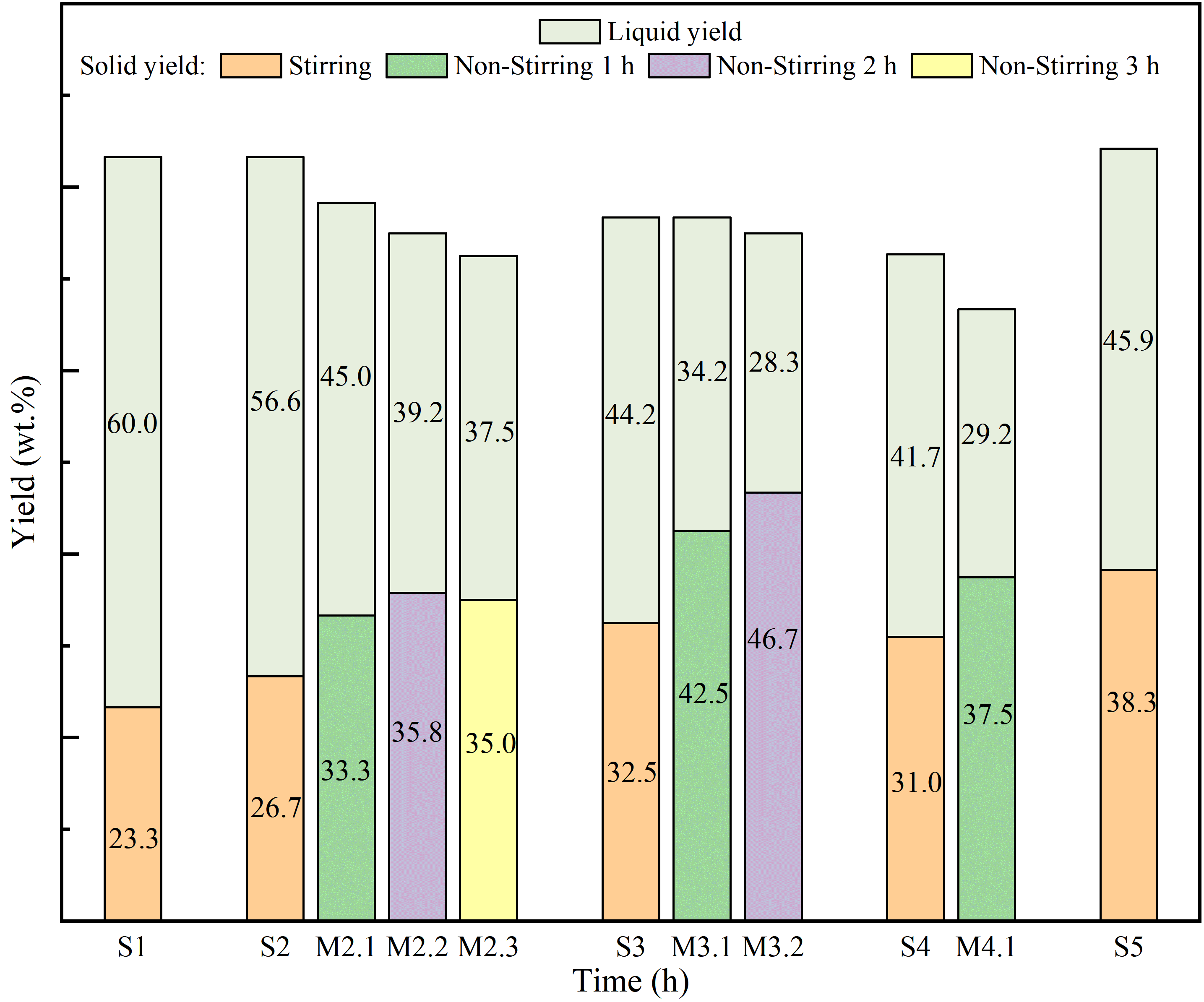
Opinion
21 March 2025Classical MHC Class I Molecules as Modifiers of Brain Homeostasis and Neuroregeneration: Unraveling the Riddle?
As mankind breaks the boundaries of potential years to live, the process of aging imposes various cellular challenges, from less capacity of cell repair and damage to impaired protein formation, causing chronic low-level inflammation on tissues including the brain. Persistent chronic neuroinflammation can harm neurons, contributing to the development of neurodegeneration, a pathological process that affects cognitive function and is often reflected by dementia. This opinion article tries to recapitulate the influence that major histocompatibility class I (MHC-I) molecules have on brain homeostasis and how abnormalities in their expression can lead to cognitive deterioration. Studies carried out during recent years not only demonstrated that neurons and other central nervous system (CNS) cells express MHC-I molecules, but also that these molecules play essential roles in the establishment, function, and modeling of synapses in the CNS during the embryonic period, at birth and during adulthood, namely during inflammatory conditions. The accumulated body of evidence suggests that MHC-I molecules and the signaling pathways they regulate could provide clues on some of the molecular and cellular mechanisms regulating brain homeostasis and neuroregeneration in health and disease, thus becoming potential biomarkers of cognitive decline and targets for innovative immunotherapies.
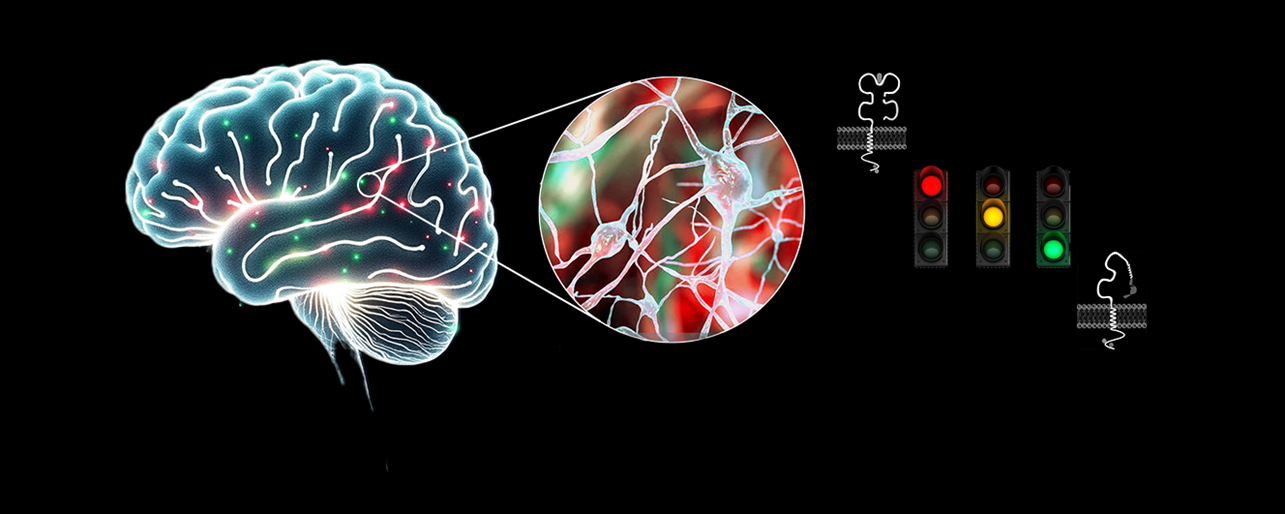
Article
17 March 2025A Strategy for Resisting the Vested Interests Driving the Collapse of the Biosphere and Civilisation
The biosphere and civilisation are facing existential and other major threats: climate change, biodiversity loss, nuclear war, social inequality/injustice, loss of human rights, and autocracy. These threats are driven by politically powerful vested interests supported by an economic system based on the exploitation of the environment and most people for the benefit of a wealthy minority. This article proposes a strategy to resist and weaken state capture, i.e., the influence of the vested interests driving the principal threats, while simultaneously facilitating the transition to a sustainable society. Despite the achievements of diverse community-based non-government organisations (CNGOs) campaigning on specific issues, scientists are now warning of the potential collapse of civilisation. As the threats are linked together in several ways, I propose a strategy to address them together to yield multiple benefits, supplementing campaigns on individual issues. A broad social movement—comprising an alliance between CNGOs devoted to the environment, social justice, human rights, and peace—could exert sufficient political power to expose and defeat the methods of state capture. Simultaneously, the movement could gain widespread community support by campaigning for a well-being economy, including universal basic services and a job guarantee, thus facilitating the transition to an ecologically sustainable, more socially just, and more peaceful civilisation.
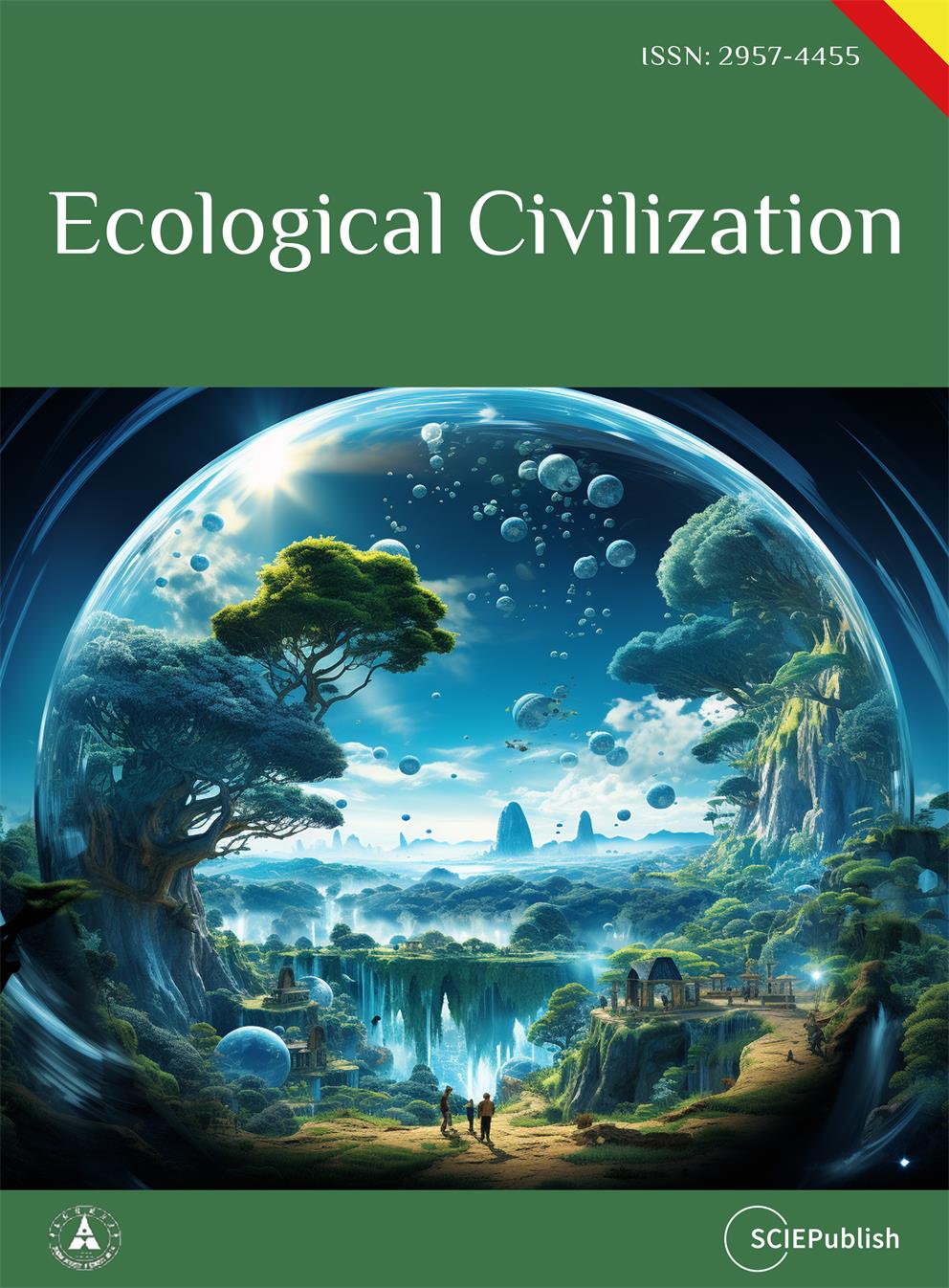
Article
17 March 2025Experimental Study on A Novel Organic/Inorganic Green Deep Eutectic Solvents: Thermophysical Properties, Thermal Stability, and Utilization in Nanofluids
In response to the performance limitations of traditional heat transfer fluids under extreme conditions, a series of organic/inorganic deep eutectic solvents (DES), composed of ethylene glycol and different types of acetates, have been developed, and their downstream thermophysical properties, as well as their potential applications in nanofluids, have been explored. It is found that the prepared DESs significantly broaden the liquid phase temperature range, which ranges from −14~196 °C to −40~201 °C. The initial decomposition temperature increases from 85 °C to 130 °C, and the peak decomposition rate shifts from 175 °C to 206 °C. Subsequently, nanofluids were prepared by employing the selected ethylene glycol: potassium acetate-5:1 DES with carbon nanotube as nanofiller. The results reveal that the thermal conductivity of the nanofluid could be increased by approximately 3% compared to the base fluid, and the specific heat capacity was enhanced by 7.5% with a photothermal conversion efficiency reaching up to 42.7%. These results highlight the promising thermal stability and heat transfer properties of ethylene glycol-acetate DESs. Moreover, the nanofluids prepared from those DESs as base fluids provide useful references for the development of novel, green, and high-efficiency energy transportation fluids.
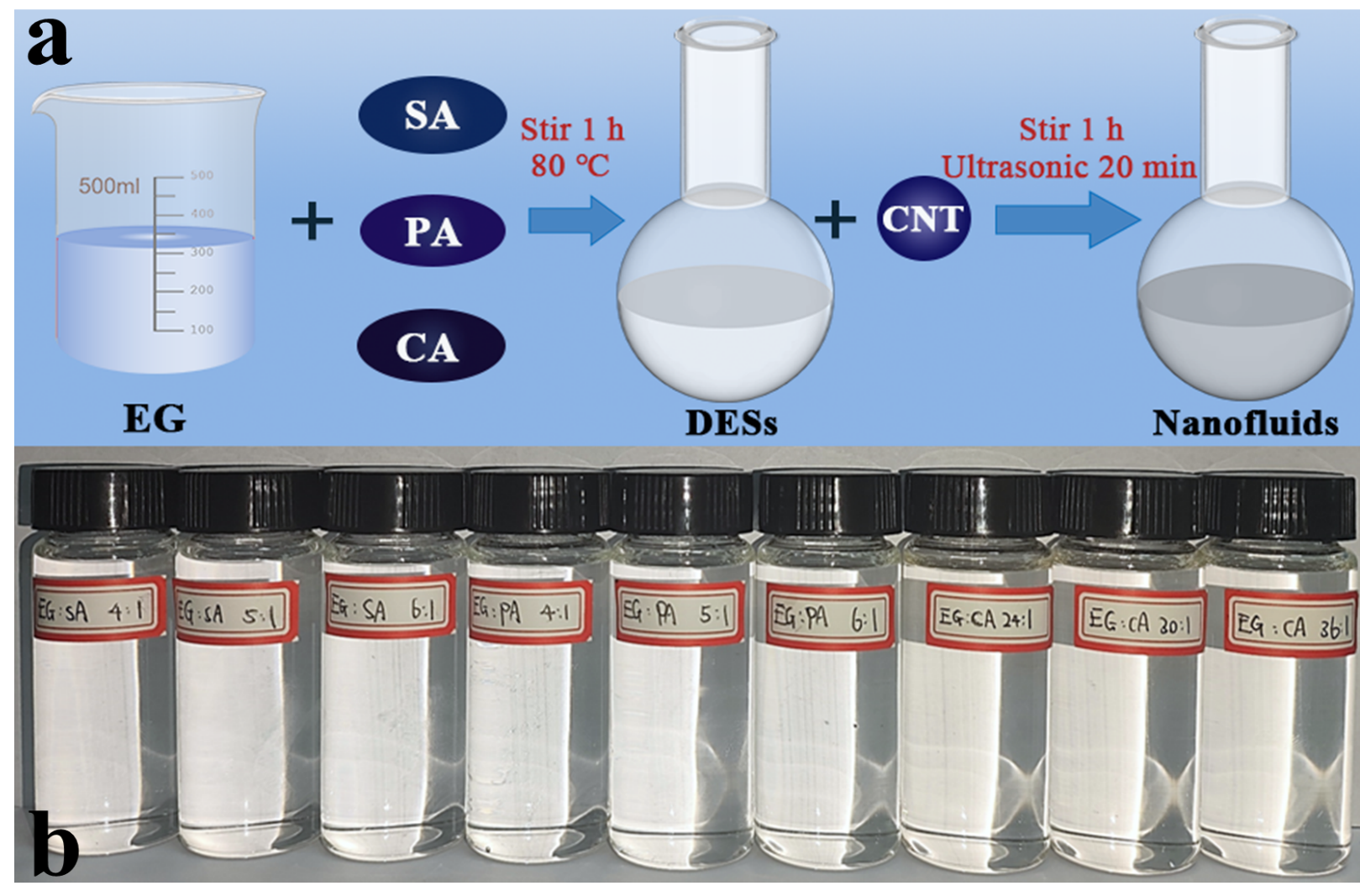
Perspective
17 March 2025Navigable Genome Engineering: Stepwise Correlation for Precision-Guided Optimization of Microbial Cell Factory Phenotypes
Microbial cell factories, akin to “chips” in biomanufacturing, concentrate the most intricate scientific challenges, technical bottlenecks, and densest intellectual property. However, despite extensive efforts in rational engineering, the inherent complexity of biological systems and the limited knowledge of their underlying mechanisms still incur substantial trial-and-error costs. This Perspective seeks to explore the potential of a prior-knowledge-independent approach for optimizing microbial cell factory phenotypes. We discuss the feasibility of stepwise genotypic navigation in genome engineering and emphasize its ability to generate high-quality genotype–phenotype association data, thereby advancing AI-assisted genome modeling and further enabling precision-guided optimization.
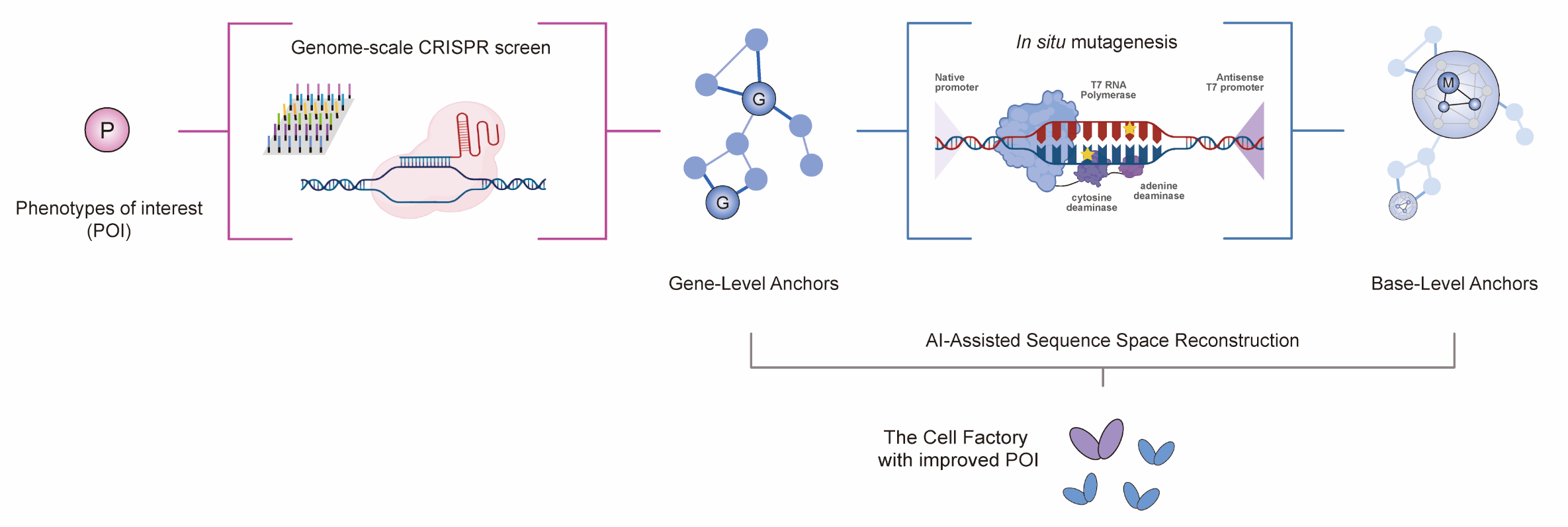
Editorial
17 March 2025The Roots of Rights—Special Issue: “Transformative Practices: Rights of Nature and the Good Life”
This special issue focuses on the social practices of Rights of Nature (RoN), specifically exploring the transformative competencies and skills involved. The research investigates both individual competencies, such as resilience, mindfulness, and creativity, and collective skills, like relationship building and sustainable forms of interaction with the social and the ecological environment. The central question is if RoN does include “best practice” examples of cultivating non-instrumental relationships with the self, the social other, and the natural other.

Review
14 March 2025Mechanistic Insights into Photocatalytic WO3 for Hydrogen Generation
Growing environmental concerns and the limitations of fossil fuel resources have recently led to increased focus on clean and renewable energy sources. Hydrogen (H2) has gained importance as an alternative clean fuel with its potential to become the primary chemical energy carrier. Photocatalytic hydrogen generation offers a capable solution to the energy crisis and has gained significant attention as a renewable energy solution, offering independence from fossil fuels and zero carbon dioxide emissions. Tungsten oxide (WO3) offers to be a promising photocatalyst for Hydrogen Evolution Reaction (HER) with its ability to tune the band gap, robust absorption in the visible spectrum range, steadiness in harsh reaction conditions, low cost, and reduced toxicity. Various synthetic methods can be employed to fabricate photocatalysts with diverse morphologies, sizes, and structures, all of which significantly influence their catalytic performance to varying extents. This review goals to explicitly highlight and discourse the main properties of WO3 and its modifications for photocatalytic HER via different synthesis methods. Modification in WO3 to its corresponding composites, heterojunctions are explicitly explained in this review.
